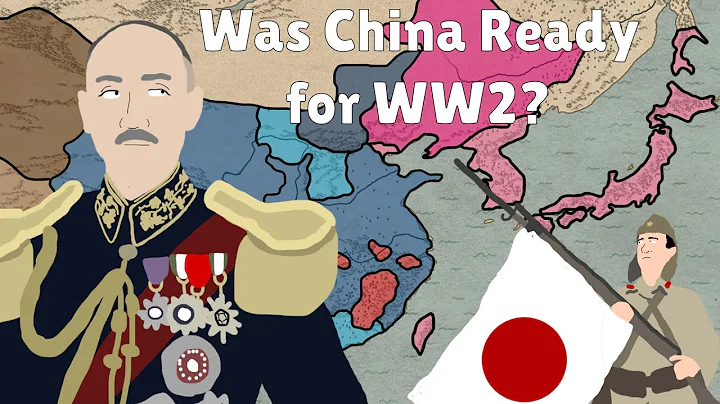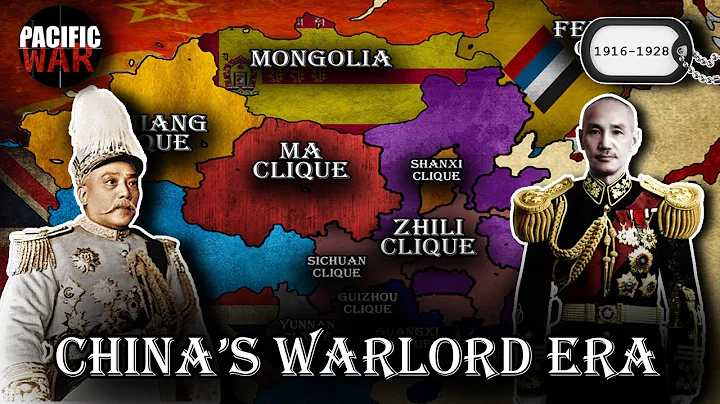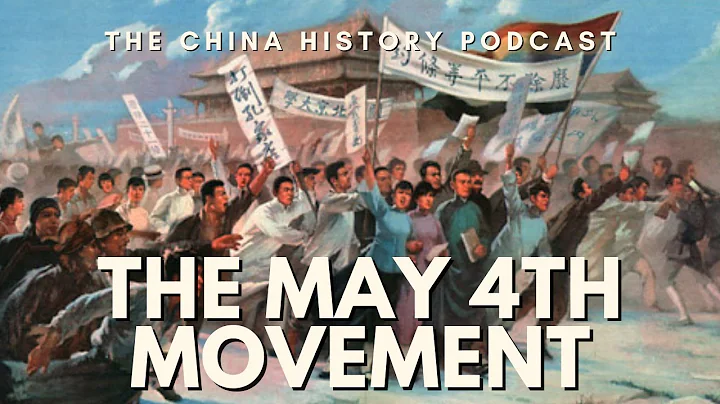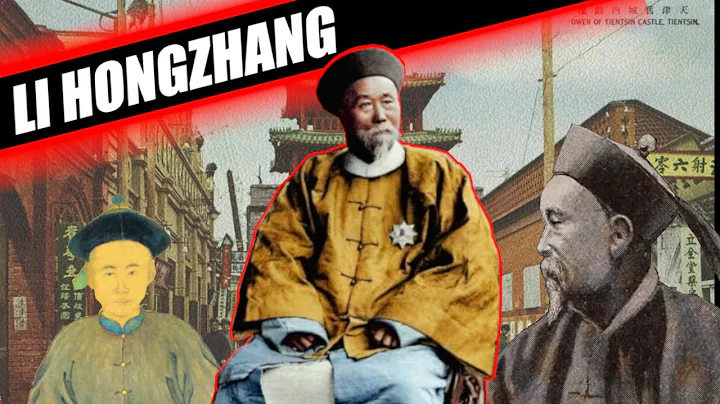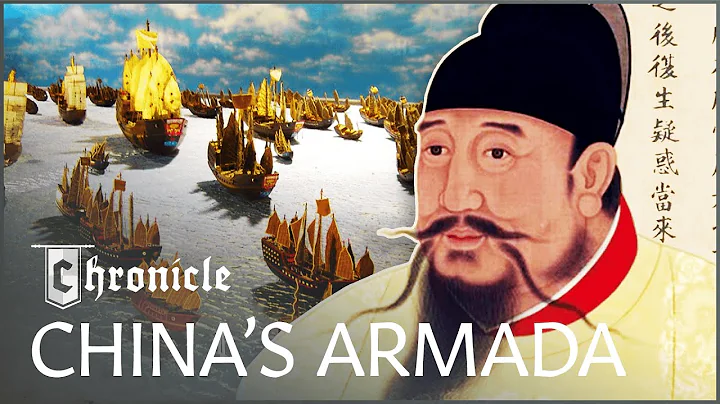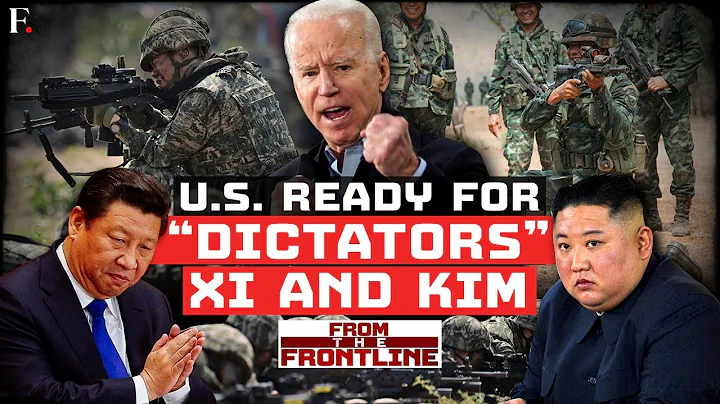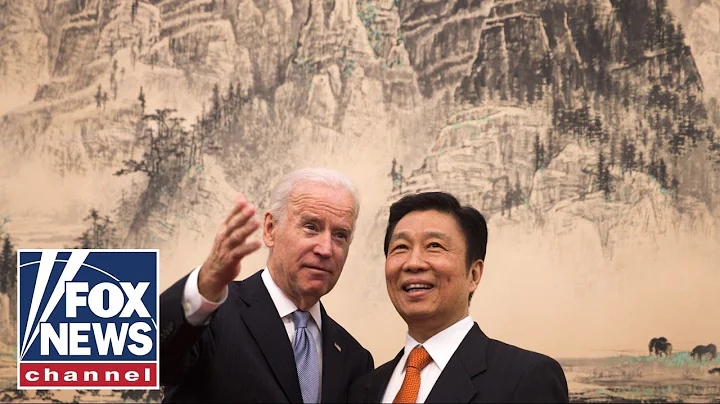On June 4, 1928, Fengtian warlord Zhang Zuolin was injured by the Japanese when he was passing through Huanggutun Station on his way back to Liaoning. He died at the age of 54.
More than 10 days after Zhang Zuolin's death, Marshal Zhang Xueliang was able to disguise himself and secretly sneak back to Shenyang to handle Zhang Zuolin's funeral. On August 5, Zhang Xueliang and the Northeast Military Government held a grand memorial ceremony for Zhang Zuolin. After the memorial ceremony, Zhang Zuolin's coffin was moved from the Western Restaurant of to the east wing of the Marshal's Mansion to a temporary residence in the east wing of the Marshal's Mansion, and someone was assigned to guard it.
In November 1928, Zhang Xueliang sent people to survey the Northeast in order to bury his father, and finally selected a sunny hill south of Gaoliyingzi Village, 60 miles east of Fushun, and named it "Marshal Lin".

There are murky waters in front of the hill, and across the water is the famous Tiebei Mountain, where Nurhachi built a cross-border vassal city. It was the first temporary capital built by Nurhaci to strengthen his military status. The Sarhu Mountain on the south bank of the Hun River and east of the Sarhu River is where Nurhachi annihilated more than 40,000 Ming troops. Nurhaci believed that this battle played an important role in the establishment of the Qing Dynasty.
In May 1929, Zhang Xueliang and his wife, Zhang Zuolin's fifth concubine, Zhang Zuoxiang, Tang Yulin and others came here to investigate in person.
It is said that Zhang Xueliang once said to Feng Zhi: "This place is good. I think my father can rest here." With the approval of everyone, the site of the mausoleum was selected. After the anniversary ceremony of Zhang Zuolin, the construction of Marshal Forest began.
Marshal Lin's construction cost budget is 14 million yuan, the three eastern provinces contributed more than 6 million yuan, Rehe more than 21 million yuan, Zhang Xueliang invested more than 5 million yuan, recruited more than 1,200 migrant workers, and also set up a railway station in Gangbei and built a thoroughfare. The road to Marshal Forest is planned to be completed in three years.
Many of the stones used in Marshal Lin came from the Old Summer Palace in the western suburbs of Beijing, the Longen Temple in Wuli Tomb in Shijingshan, as well as the nearby tombs of eunuchs from the Ming Dynasty and the tombs of Prince Rao Yumin and Prince An of the Qing Dynasty. These numerous stone carvings from the Ming and Qing dynasties were purchased and transported to the Northeast by train. Among them are 62 screen wall reliefs, all of which are carved from a single piece of white marble. The carvings are exquisite and the shapes are vivid and exquisite. Due to the use of many ready-made cemetery decorations and worship objects, the progress of the project was greatly accelerated. After two years of intense construction, the main project of the entire Marshal Forest was basically completed in the summer of 1931.
During his lifetime, Zhang Zuolin hired a Feng Shui master surnamed Yang to explore the location of his ancestral tomb. Yang believed that the Northeast Stagecoach House in Jin County was the best. When digging the foundation, he unearthed a bluestone slab. Yang said: "This The bluestone is extraordinary and a good omen." Zhang Zuolin was overjoyed after hearing this, so he broke ground and built a cemetery.
As we all know, a tombstone is a major commemorative inscription that records the name, birth, death, burial date and life story of the tomb owner. It usually consists of the body of the tombstone, the head of the tombstone and the footing of the tombstone. Tombs with relatively high-level regulations also need to build stele pavilions to highlight the mausoleum's magnificence and the status of the tomb owner. However, it is very puzzling that Zhang Zuolin's Marshal Lin did not build a stele pavilion, and it is even more incredible that he did not erect a stele. Everyone speculated about this.

Is it because of Feng Shui? the answer is negative.
According to topographic theory, there are large evil spirits that do not erect monuments. For example, snake-shaped and turtle-shaped places generally do not erect monuments. There are also stone mountains with strong evil spirits that do not erect monuments. If the opposite is done, the vitality of the cemetery will be destroyed, and the consequences will be disastrous. . Those who participated in the site selection at that time believed that Marshal Lin "with Tiebei Mountain in the front, Jinlong Bay in the back, Fenghuang Lake in the east, and golden beach in the west" was a geomantic treasure, and there was no reason why it was not enough to erect a monument.
Are you afraid of tomb robbing? the answer is negative.
It is said that Cao Cao, who was suspicious by nature, did not erect a tombstone because he was afraid that his tomb would be stolen. Marshal Lin, the great hero Zhang Zuolin, arranged guards and built gun towers at the four corners of the wall, making it difficult for any tomb robbers to approach. Is
a custom? the answer is negative.
There is a superstitious belief in some places that if a monument is erected on a grave that looks like an animal, it will be like having the animal's tail growing in front, which is unlucky. Of course, Marshal Lin cannot be involved in this. Is
an ancestral requirement? the answer is negative.
The ancestral system of the Qing Dynasty stipulates that anyone who loses an inch of the country is not allowed to erect monuments. Therefore, apart from the fear of death, the emperors of the Qing Dynasty were most afraid of not being allowed to erect merit monuments after their death. This ancestral system has basically been implemented without fail. Starting from the Xianfeng Emperor, the subsequent Qing emperors could neither defend the enemy on horseback, save the people from fire and water, nor be good at managing internal affairs. This led to China's deteriorating situation in the world and was frequently bullied by foreign powers. Therefore, the Qing Xianfeng , Tongzhi and Guangxu The tombs of emperors do not have monuments of divine merit and virtue. As a representative of the "new school", Zhang Zuolin had no constraints on the Qing Dynasty's ancestral system.
So why didn’t Zhang Zuolin’s Marshal Lin erect a monument? What's the real reason?
First, the name is not justified. Zhang Zuolin's highest official position during his lifetime was Fengtian military governor and provincial governor, but the title "Generalissimo of the Army and Navy of the Republic of China" was unjustified. The National Government only recognized Zhang Zuolin as a warlord as "Marshal Zhang" and did not recognize his status as "Generalissimo of the Army and Navy of the Republic of China". Under such circumstances, if a monument is erected to Zhang Zuolin, it will be a slap in the face of the Nanjing National Government. Under the embarrassment and entanglement, he simply jumped out of the box and did not erect a tombstone. Only in this way can he avoid those unspeakable troubles. This is probably the underlying reason why Marshal Lin did not erect a tombstone.
Second, time is entangled and intertwined. On December 29, 1928, Zhang Xueliang announced the "Northeast Rebellion" and obeyed the Nanjing National Government, achieving the nominal reunification of the north and the south. If the mausoleum was built before the change of flag, then Zhang Xueliang, who was in charge of the Northeast, did not need to consider the opinions of the Nanjing government in everything, and it was logical to erect a monument in the name of the military government for the "Grand Marshal of the Army and Navy of the Republic of China".
The third is the wishes of the governors under his command. Zhang Zuolin's military governors wanted to erect a monument to Zhang Zuolin as the "Grand Marshal of the Army and Navy of the Republic of China" because this matter involved their respective identities. Otherwise, wouldn't they all be devaluing themselves? And if the wishes of Zhang Zuolin's military governors were met, it would definitely go against the wishes of the Nanjing government. How to erect a monument for Zhang Zuolin is an unsolvable problem for Zhang Xueliang. Only by not erecting a monument in Marshal Lin can he eliminate the many troubles caused by erecting a monument for his father.

All in all, there is no tombstone (or stele pavilion) in the Marshal Forest. It is necessary but not impossible. How many political factors and battles are filled with it, and how much helplessness of compromise and exchange are contained, only the tomb builder himself will know.
According to plan, Zhang Zuolin's funeral ceremony was held in November 1931. Who would have thought that the "September 18th" Incident broke out and the entire three eastern provinces fell. It was not until June 3, 1937, nine years after Zhang Zuolin's death, that the Japanese moved Zhang Zuolin's coffin from Fengtian to the Zhang family tomb in the northeast postage stable of Jin County, Liaoxi Province (78 miles away from the county seat), where it was reunited with Zhang Zuolin's first wife and Zhang Xueliang's family. His mother, Zhao, was buried together.
The magnificent Marshal Lin has always become a hollow figure.


